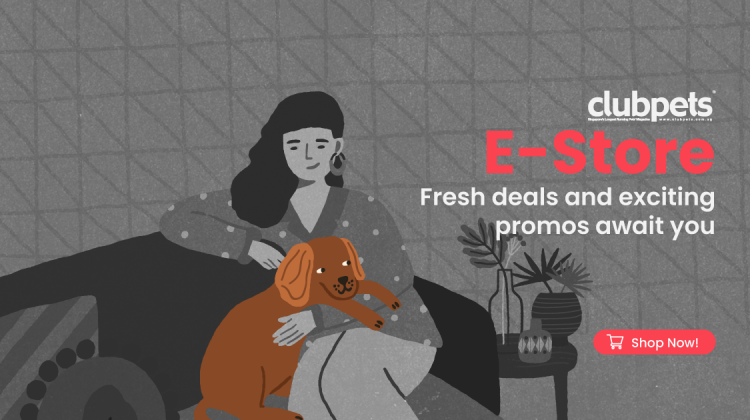How Should You Prepare for Dementia in Dogs?
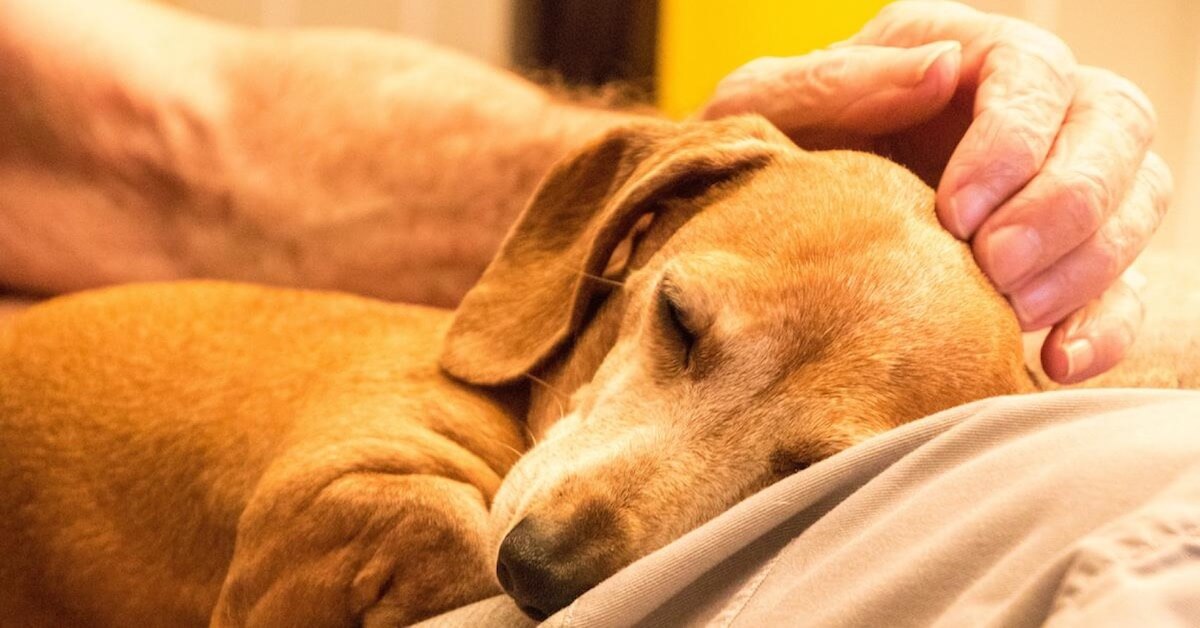
Note: This article was written for and originally posted on Silversky.
As much as we would like our furbuddies to live forever, the fact of the matter is that our precious furry companions will inevitably age. Their fur will start to grow grey, their bodies will start to weaken, and some of their minds may even develop dementia.
Also known as canine senility or Canine Cognitive Dysfunction (CCD), dementia in dogs is heartbreaking to watch and even think of, but it is a painful reality that we as pet owners should be aware of in order to fully prepare the best quality of life possible for an elderly dog. After all, they’ve provided us with so much love and joy when we weren’t at our best — isn’t it only fair that we do the same for them?
First off, what is dementia in dogs like?
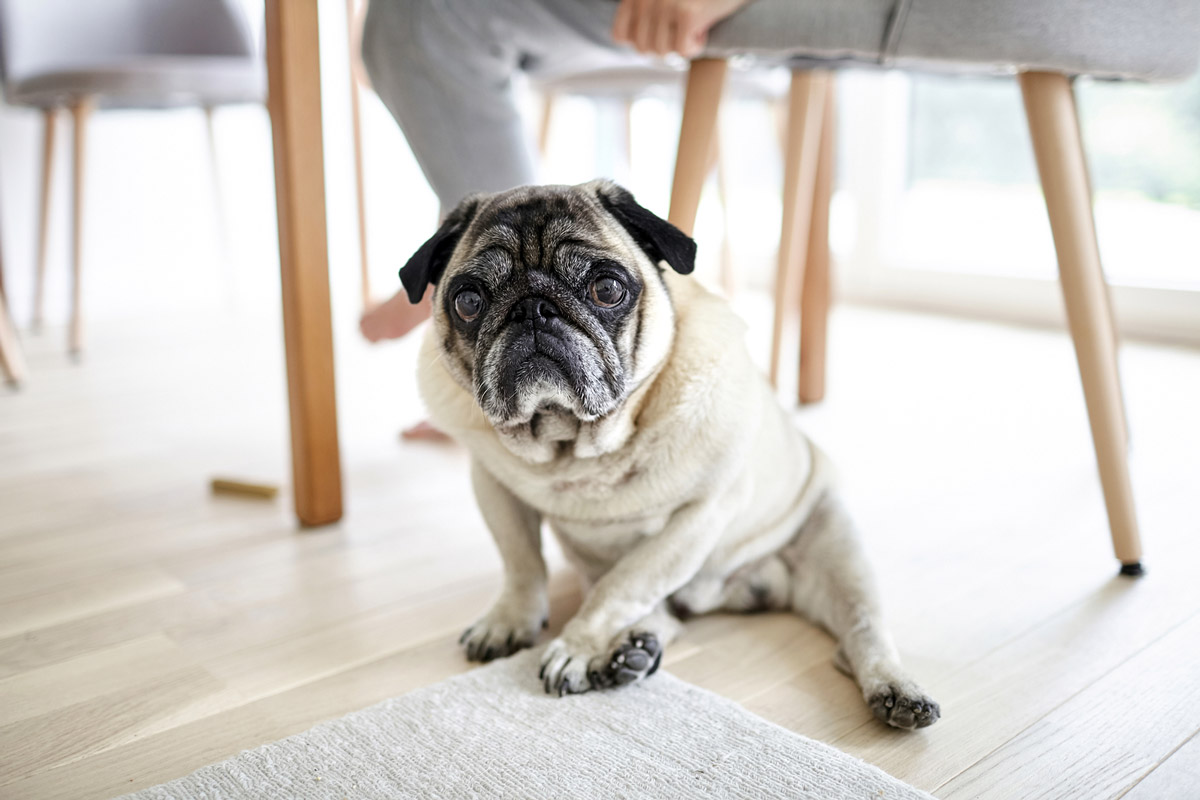
An age-related neurobehavioural syndrome that leads to a decline in cognitive function — brain-based skills that both humans and animals need to carry out even the simplest of tasks — CCD is rather common yet often undiagnosed because many are unaware of it and may chalk up a dog’s unusual behaviours to a natural part of aging.
Similar to Alzheimer’s in humans, the causes of CCD are not well-known, but the accumulation of sticky proteins called beta-amyloid plaques that block the normal communication between neurons and the breakdown of neurons resulting in “neurofibrillary tangles” are considered to be the leading culprits. They affect the brain by interrupting nerve impulse transmissions, and this causes 4 separate CCD forms:
1. Involutive depression (Depression occurring in the dog’s later years)
Much akin to chronic depression in humans, untreated anxieties such as loneliness, separation anxiety, and canine post traumatic stress disorder seem to be the key to the development of this form of CCD. Symptoms include lethargy, sleep disorders, decreased learning, and vocalising, and these may lead to confinement or reprimanding of the dog, which can in turn further aggravate the symptoms of canine dementia — it can become a vicious cycle.
2. Dysthymia
Often involving the loss of awareness of one’s body length and size, dogs with dysthymia will often get stuck in places that are seemingly easy to get out of, have disrupted sleep-wake cycles, aggressive behaviour, and may whine or moan more frequently. Some possible causes of this form of CCD include Cushing’s disease and long-term steroid therapy.
3. Hyper-aggression
Due to the inability to utilise or produce serotonin, a neurotransmitter that helps to regulate mood and social behaviour, you might notice that some elderly dogs may develop hyper-aggression. They will become increasingly incapable of communicating with other animals, and will begin to bite first rather than send appeasing or warning signals, simply because they do not understand them any more.
4. Confusional syndrome
The closest form to Alzheimer’s in humans, confusional syndrome is a profound decline in cognitive ability. At its most advanced stage, the dog will not be able to learn and remember new things, forget familiar elements of their lives, including its own owner.
What are the symptoms to look out for?
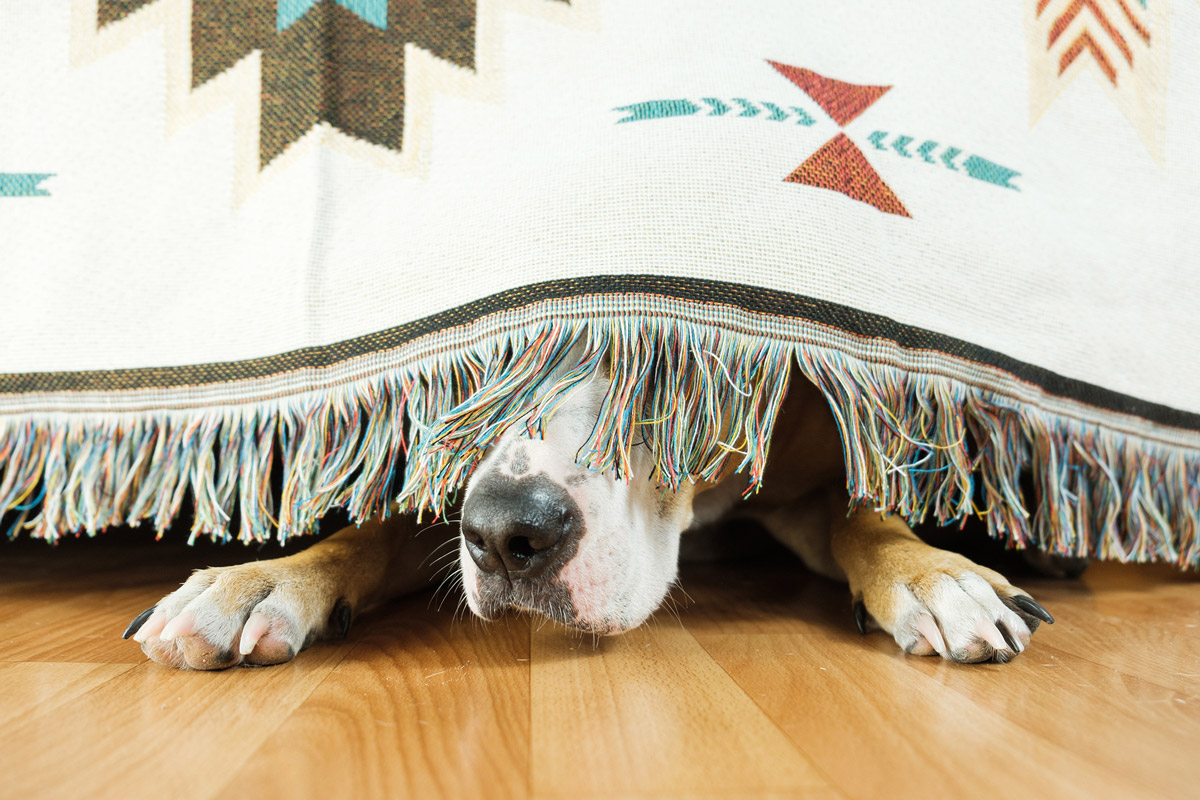
Before you read on, it is important to note that any of these symptoms can also point to another medical condition (eg. osteoarthritis, periodontitis, or vestibular disease) that may or may not be treatable. To be sure that it is CCD, we recommend paying a trip to the vet. with your elderly pal to test for other possible illnesses first.
If test results show that your pet is otherwise healthy, it may be suffering from dementia if it exhibits these behavioural signs:
1. Disorientation
- Appears lost or confused
- Paces back and forth or circles in one direction
- Stares into space or at walls
- Walks into corners or other tight spaces and gets “stuck” there
- Gets lost in familiar places
- Fails to orientate
- Falls or stumbles easily
- Have difficulties with stairs and ramps
2. Changes in interactions with people and other animals
- Seeks attention less
- Increasingly withdrawn
- Easily frightened, shy, or avoidant of familiar people
- Gets aggressive towards other animals in the same household
3. Sleep-wake alterations
- Sleeps more during the day and less at night
- Wanders about at night
- Startles easily
4. Soiling the house
- Forgets housetraining entirely
5. Changes in activity levels and habits
- More sedentary/passive
- Performs repetitive behaviors
- Barks for no apparent reason and/or for long periods
6. Problems with learning and remembering
- Forgets trained behaviors, routines, and faces
- Have difficulties learning new things
- Does not respond to its name
7. Changes in appetite
- Loss/Increase of appetite to the point of weight gain/loss
- Has trouble finding the bowl, aiming its mouth, and keeping food in its mouth
8. Anxiety and depression
- Gets more fearful or anxious
- Becomes scared of things that used to be fine
- Depressed
Are there ways for my dog to avoid dementia?
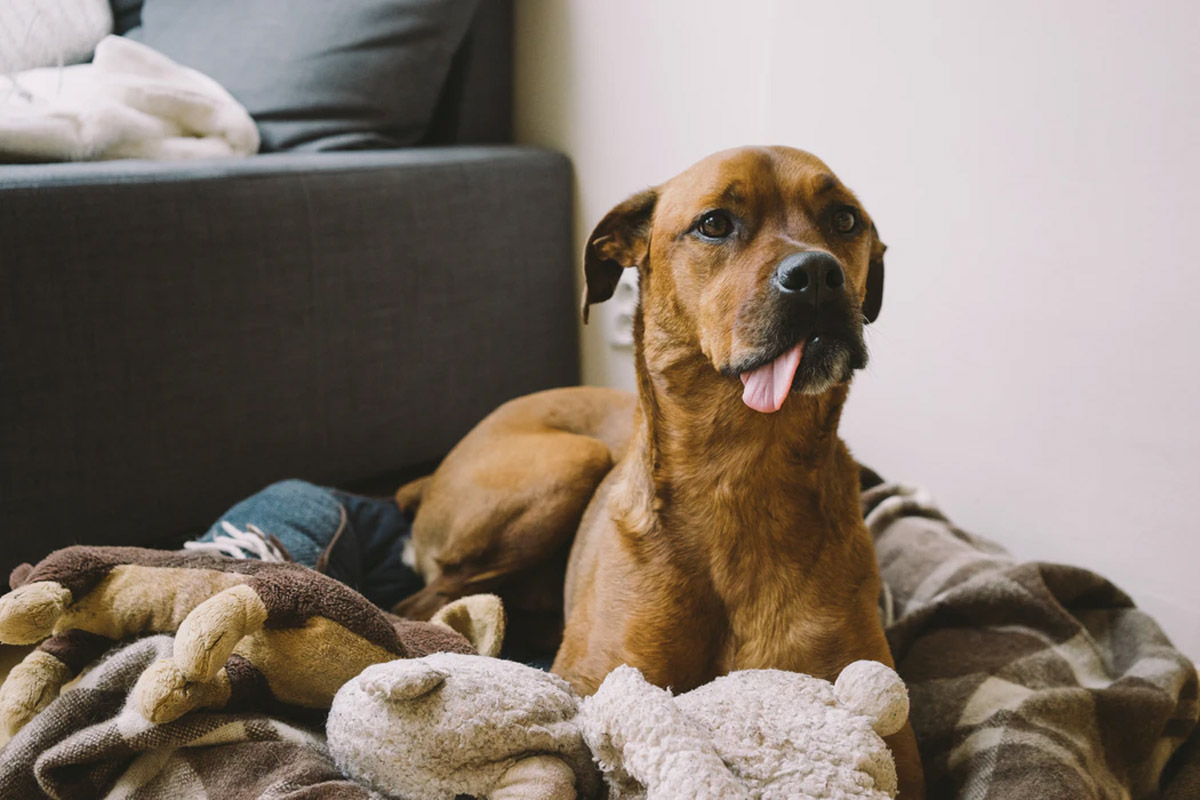
Unfortunately, aging is part and parcel of life, and so are diseases and conditions like dementia. While there isn’t a cure for CCD yet, certain forms of CCD may be preventable, while the symptoms of others can be minimised to ensure better quality of life for your pooch.
As a general rule of thumb, lifelong holistic care is always the best way to protect your precious companion from any medical conditions, and warding off CCD is no different:
1. Feed more brain food
Besides a well-balanced diet containing all the minerals and vitamins that your dog needs, supplement its mealtimes with plenty of brain food! These include foods rich in antioxidants and omega-3 fatty acids, and the former can help to fight against free radicals that damage brain cells and prevent memory loss while the latter is essential for cognitive development.
Power foods safe for dogs’ consumption include cranberries, apples, tomatoes, blueberries, and salmon.
2. Exercise regularly
You might not know it, but the simple act of bringing your dog down for a quick sniff around the block every day may very well help to stave off CCD — simply increasing physical activity can help to strengthen the brain and offset the mental and physical effects of aging!
This is because regular exercise means a regular increase in blood circulation, which allows more oxygen and glucose to reach the brain tissue, and that in turn improves brain performance. So the next time you’re feeling lazy, keep in mind that the walk is good for both you and your dog!
3. Keep life exciting
Too much of a change is not healthy for dogs approaching its golden years but so is too much of a routine — spice things up once in a while to prevent your dog from entering a state of boredom and detachment from its everyday life.
Of course, try not to force your dog into something they’re uncomfortable with — you know your dog’s limits and preferences best. Instead, try to come up with something new for them to experience at least once a week! This includes venturing onto a new path when on walks, or having pet playdates at your home occasionally.
Just like how mahjong and chess help to keep our minds sharp, a dog will also need to have plenty of interactive plays in its life to keep the cogs in its brain turning. Puzzles, nose-work toys, treat dispensing toys, and new tricks are good ways to ensure that there’s some form of mental challenge involved in order to exercise their brain.
How can I help my dog with dementia?

Source: FuzzYard
If your dog has been diagnosed with CCD, you can still work together with your vet to tailor a plan that will ensure the best emotional and mental care for your best pal. Depending on the severity of the condition, the most common ways to help your furry friend live a comfortable and happy life for as long as possible include:
1. Sticking to a routine & keeping changes to a minimum
While we should actively introduce new experiences to our dogs to prevent them from developing CCD, in cases of existing CCD, it is a whole other story. Keeping to a schedule and leaving the environment as unchanged as possible can help to reorient dogs who already have dysthymia and/or confusional syndrome, which may, in turn, prevent other symptoms such as anxiety from worsening.
2. Supplement its diet
As mentioned above, besides natural brain foods that can help to prevent CCD, there are also some supplements that can alleviate the symptoms of CCD. These include melatonin, a hormone that regulates the sleep-wake cycle and helps to reduce restlessness at night.
3. Reduce anxiety
Besides routines, medications, and supplements, other options to keep your dog calm and happy include aromatherapy, music therapy, thundershirts, and moderate exercise. This is especially good for dogs with involutive depression and hyper-aggression, who may constantly be feeling more agitated or moody than usual.
4. Short and simple play time
As stated before, keeping your old dog’s brain active with the occasional puzzle, nose-work toy, or training sessions can help to further stave off the effects of CCD without adding on to their stress.
5. Short, regular walks
Besides being good for its physical health, slow walks are a good opportunity to gently introduce mild stimulation to your dog’s brain in the form of smells, sights, and sounds. FuzzYard provides a wide range of step-in harnesses, collars and leads, which are lightweight with well-cushioned webbing for your dogs’ comfortable playtime.
It doesn’t have to be a short walk around the block as well — if you have a car, you can consider bringing your furry friend to a new park for some exploration adventures. Just remember to bring lots of water and have a comfortable carrier or pram for your dog to rest in after a while!
Together through thick and thin
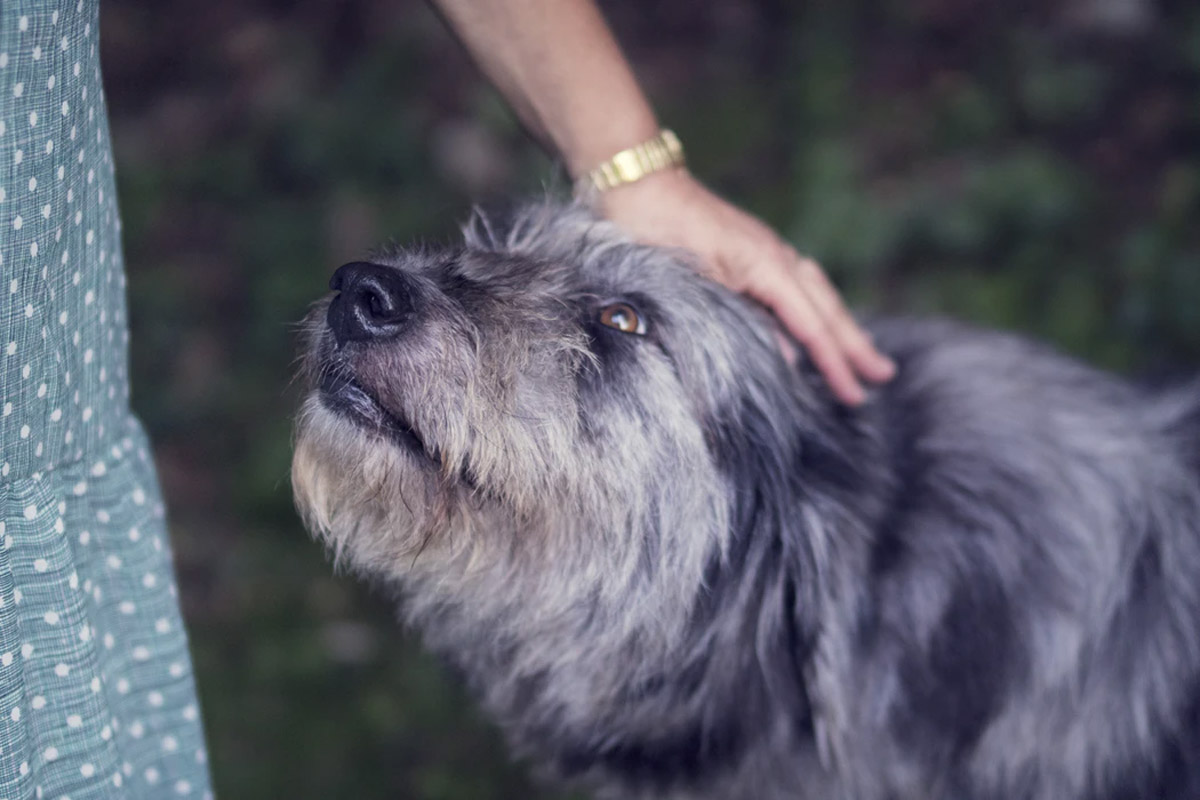
Dementia is not easy to cope with, and it is hard on both you and your pet. Even if your canine companion is otherwise healthy, CCD will gradually eat away at your dog’s quality of life, though there has been no specific timeframe established.
However, while it is a hard pill to swallow, death is an inevitable part of life. What we can do is to make the best of our living moments, and that involves giving your pooch the best life it deserves — by educating yourself on this silent robber and learning how to prevent, prepare for, and cope with it.

